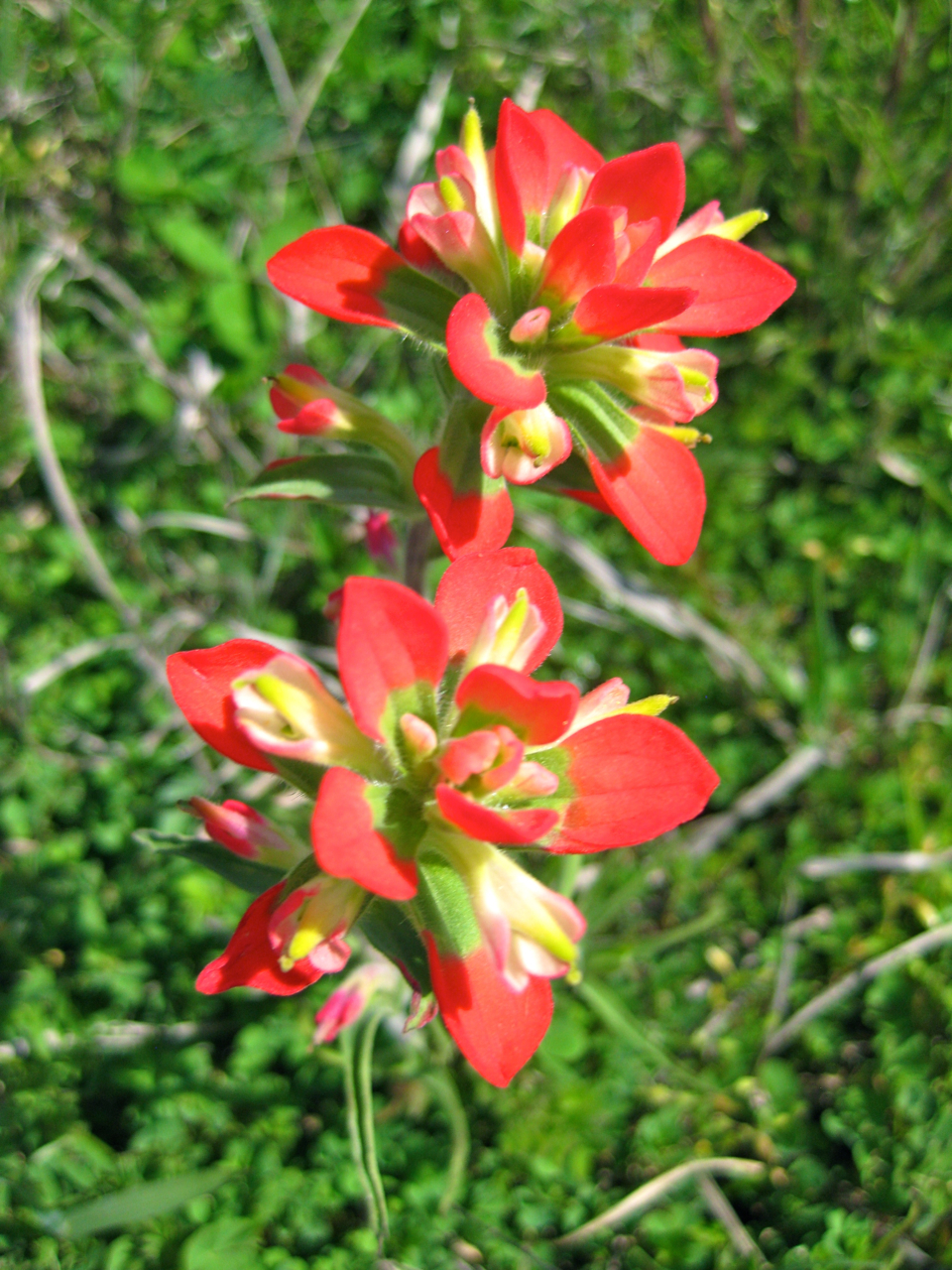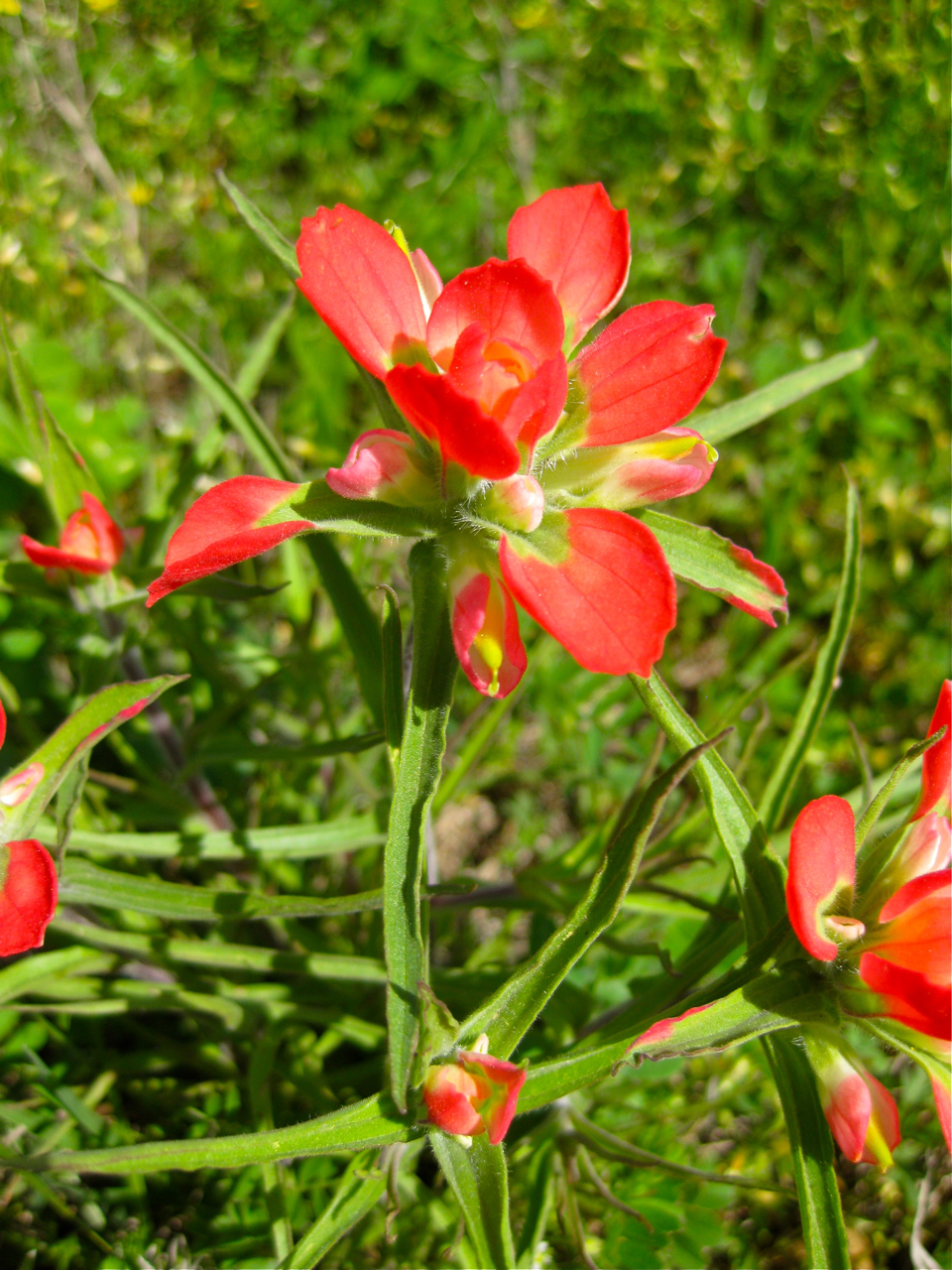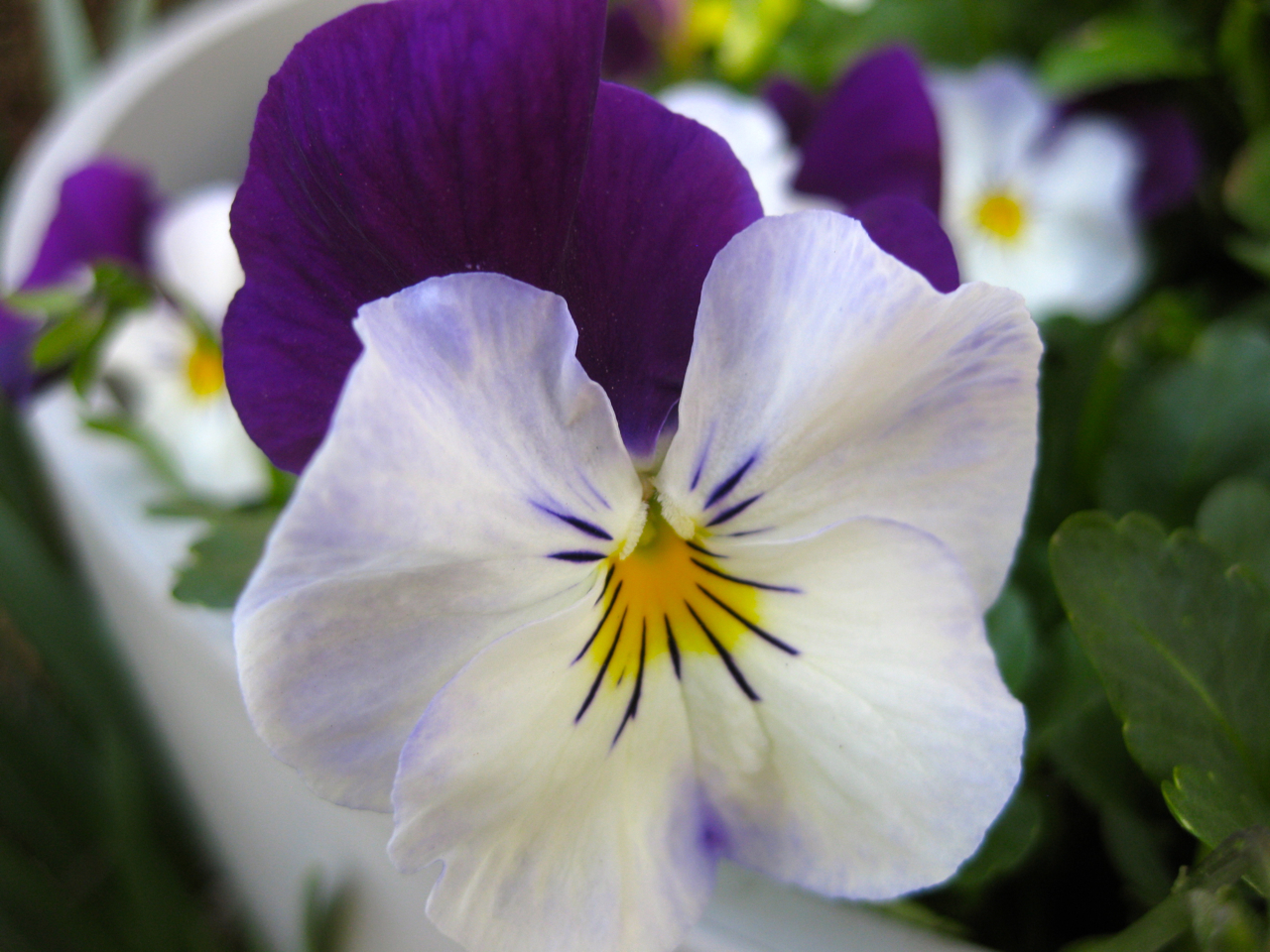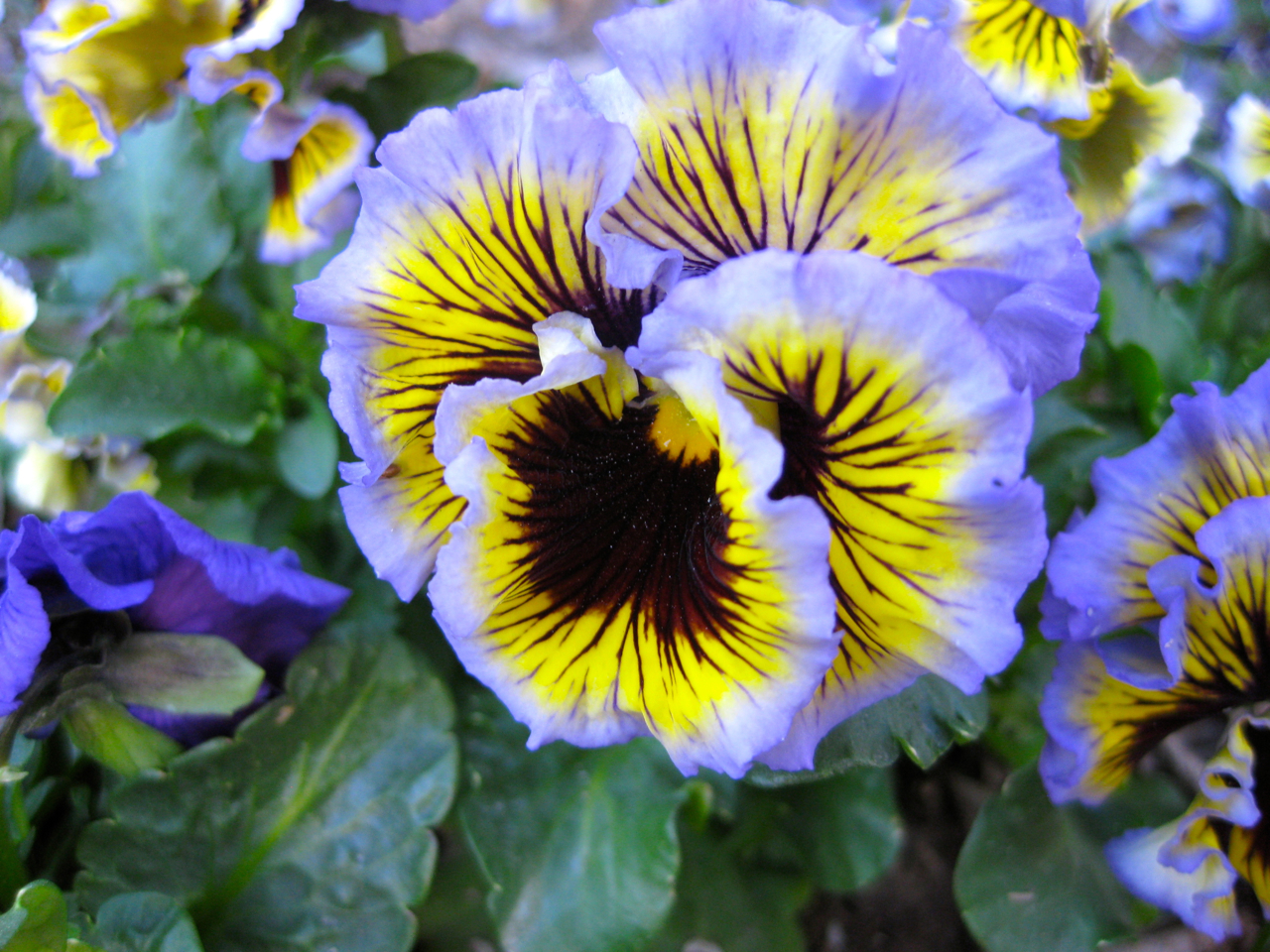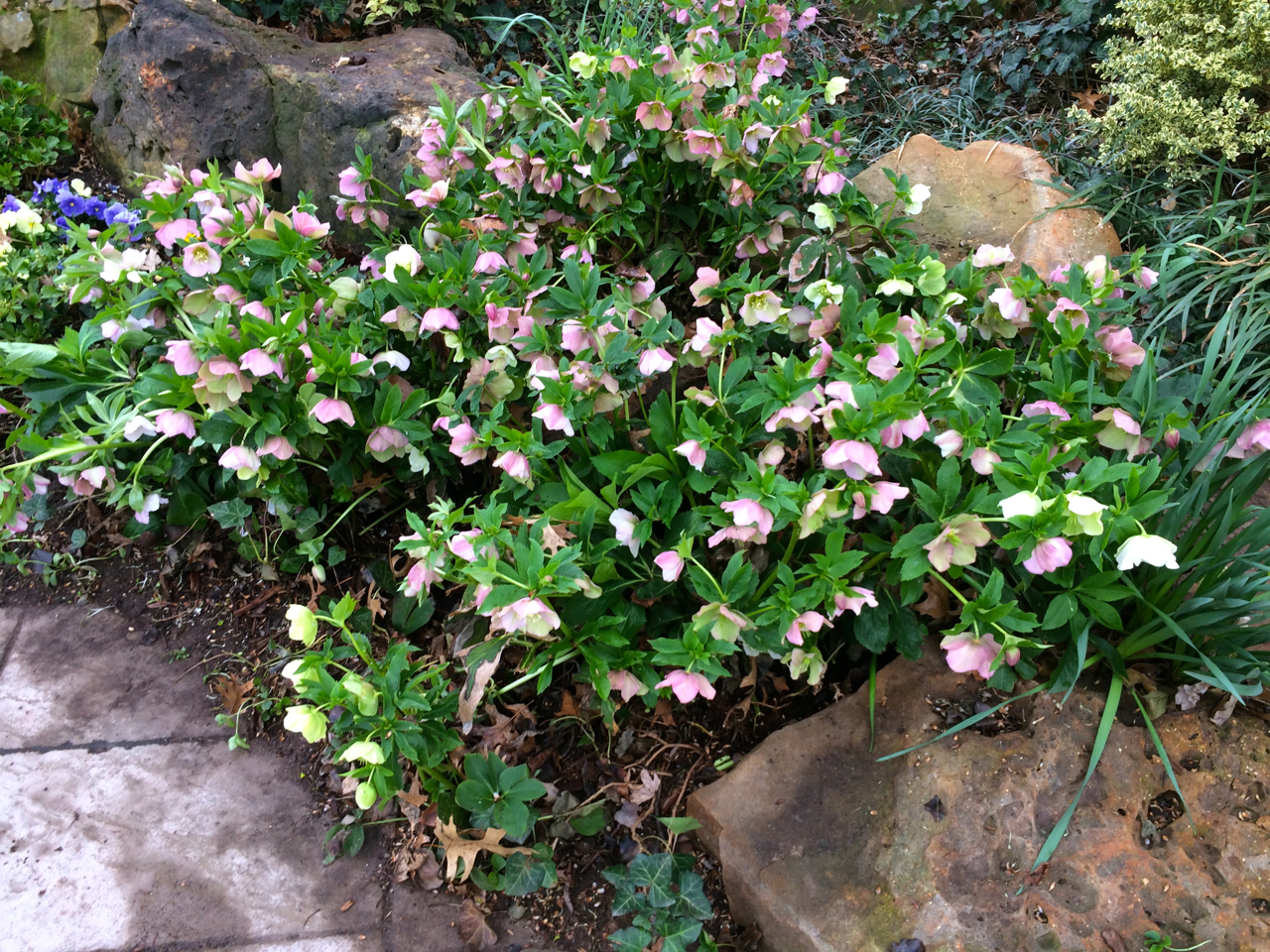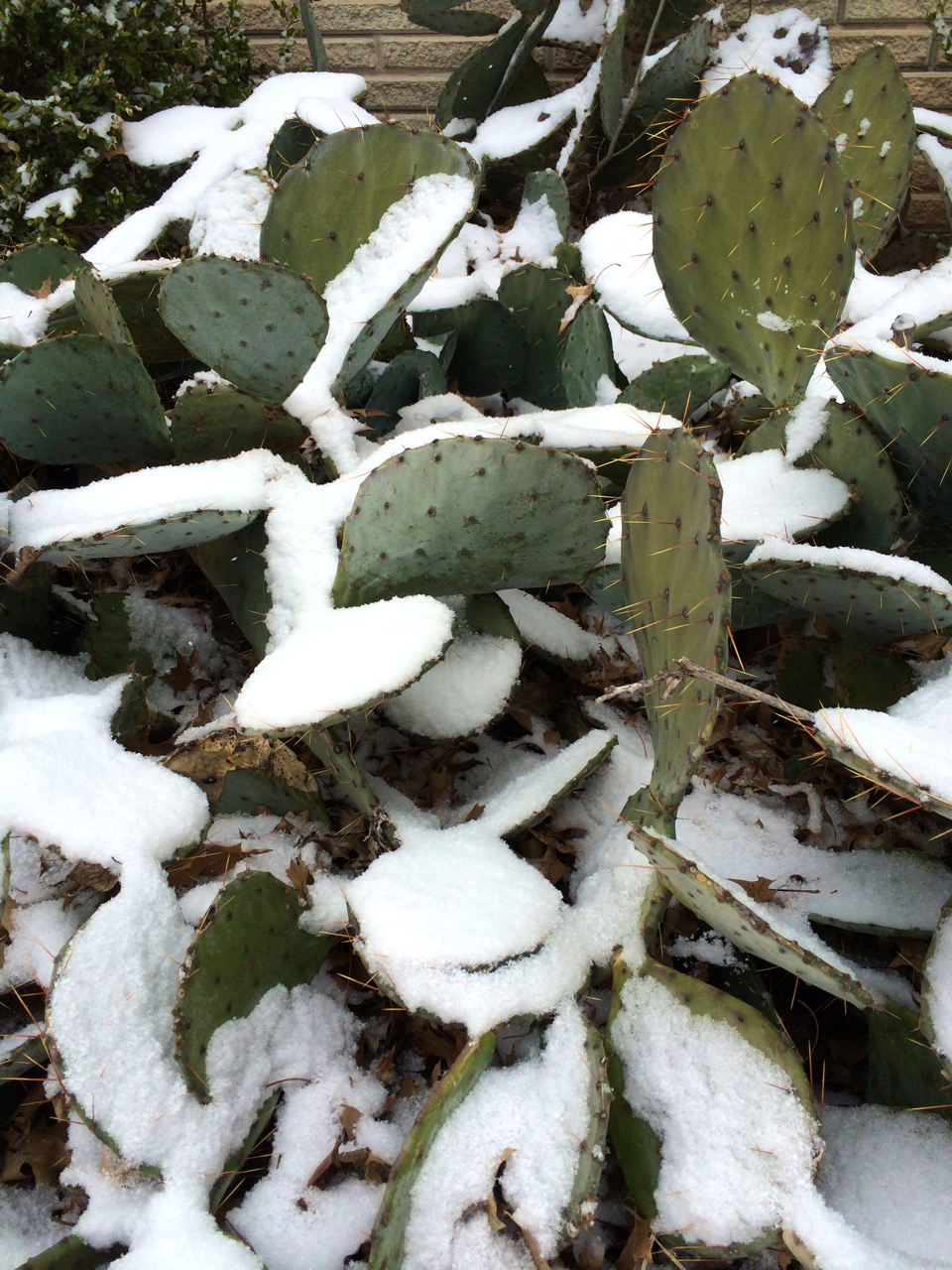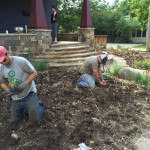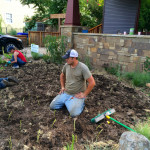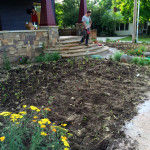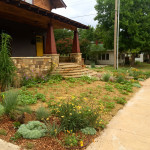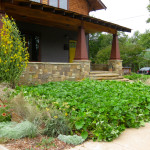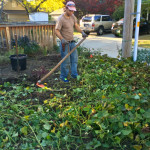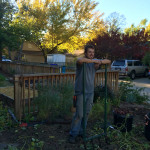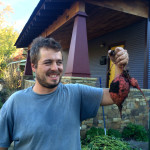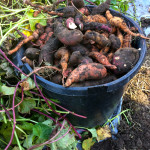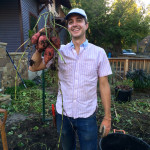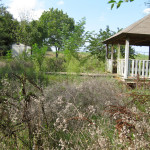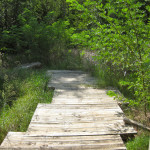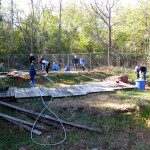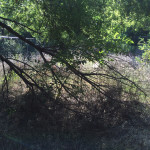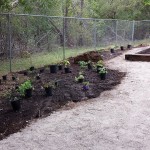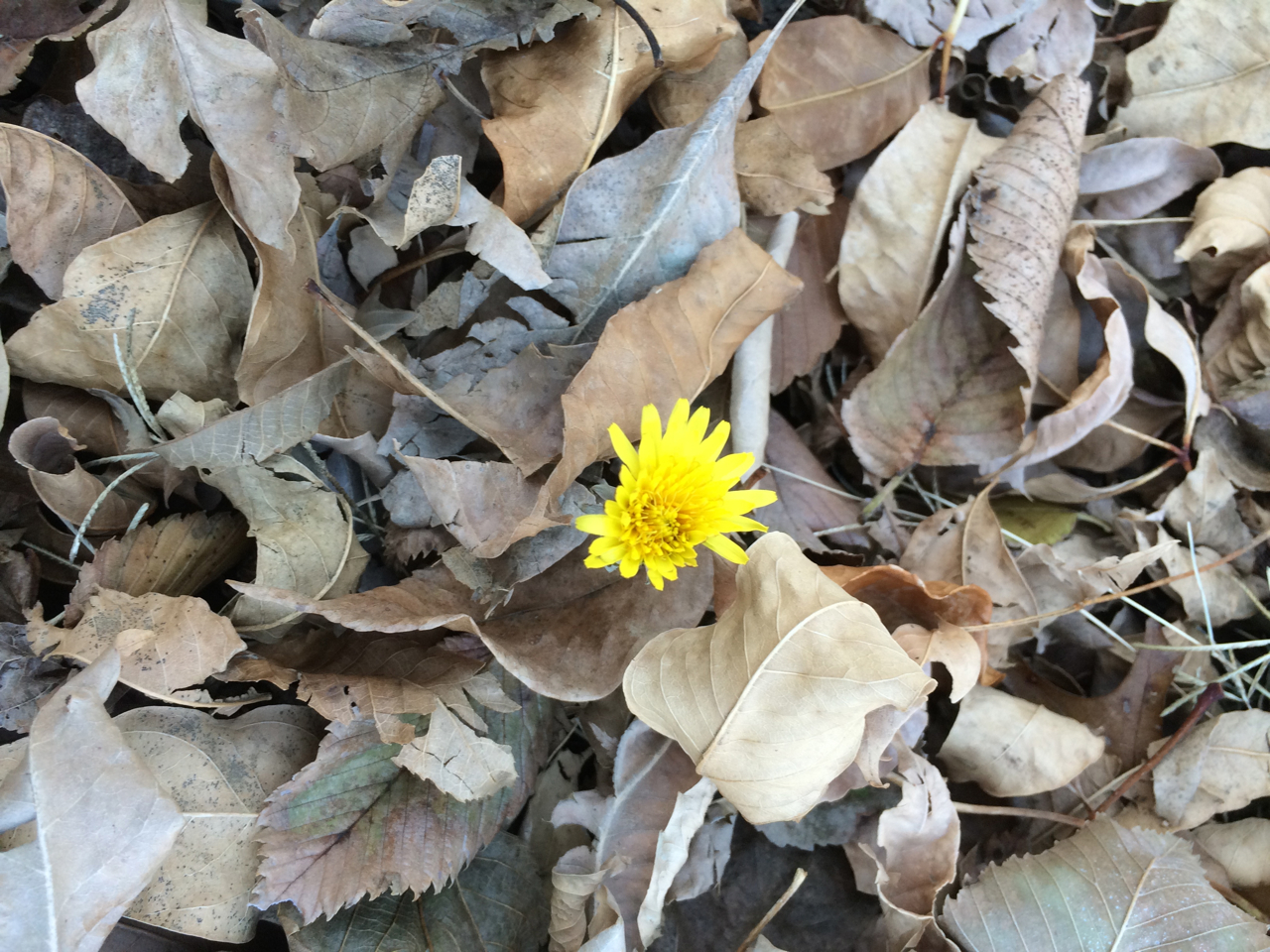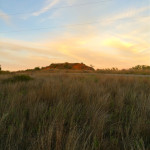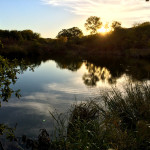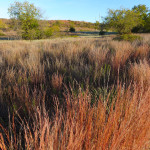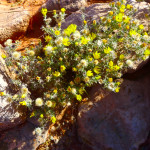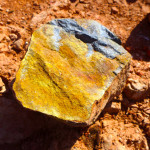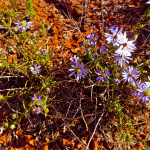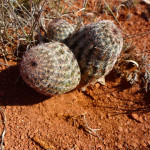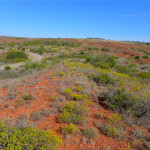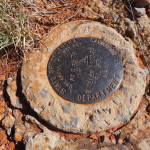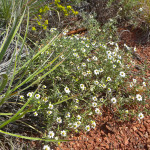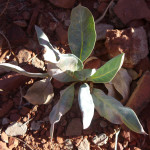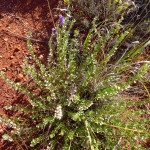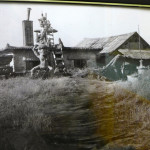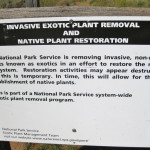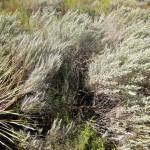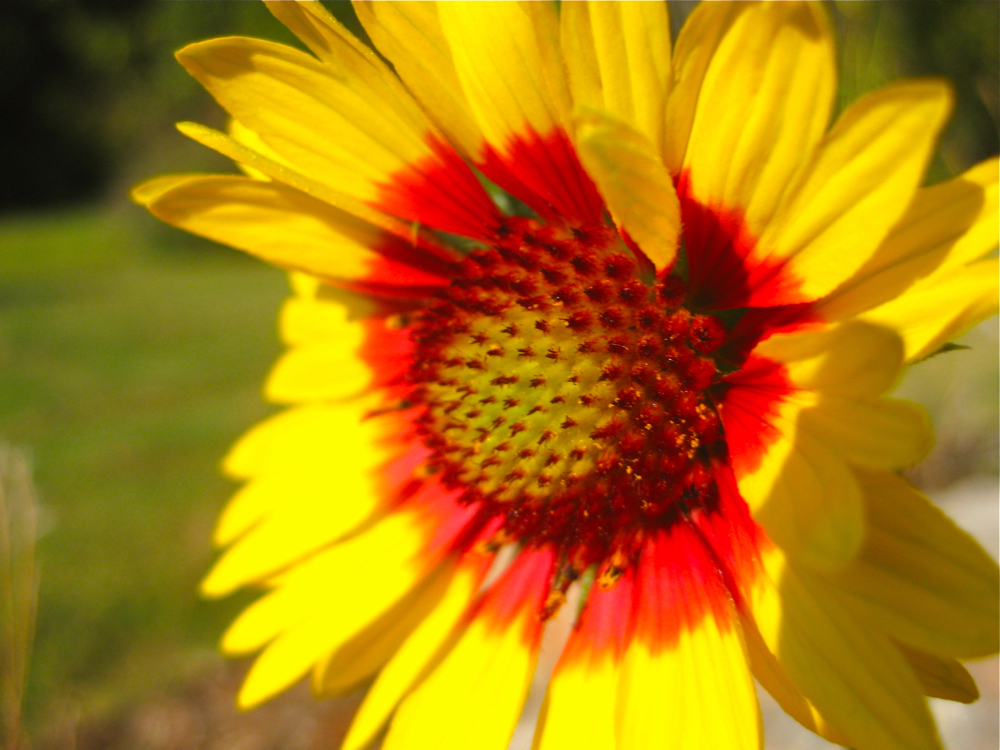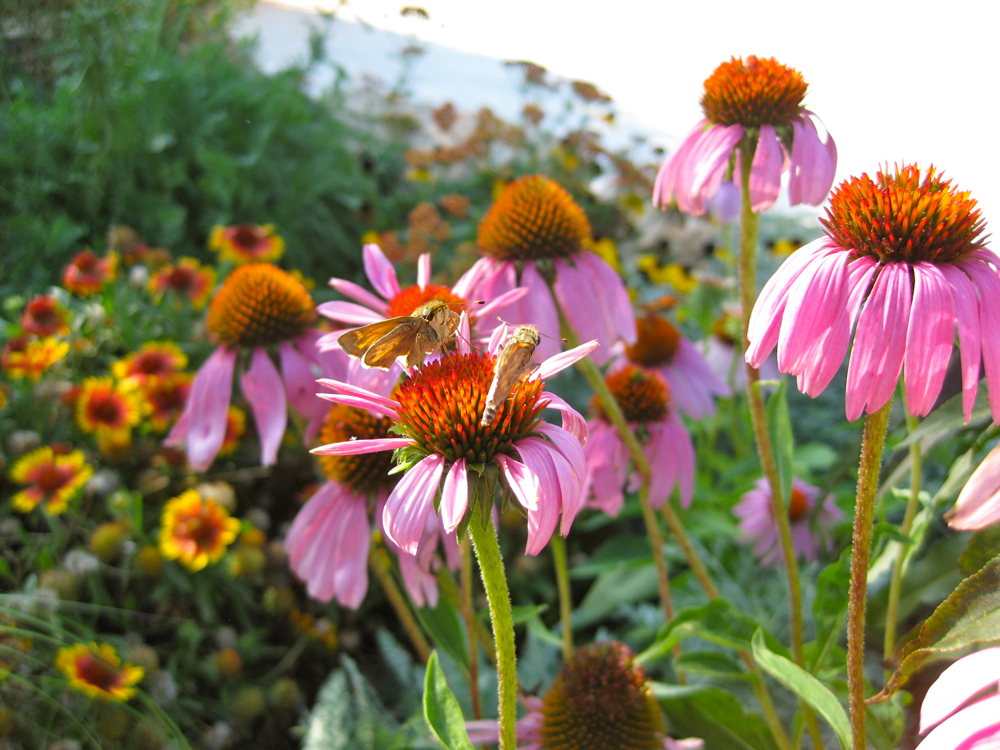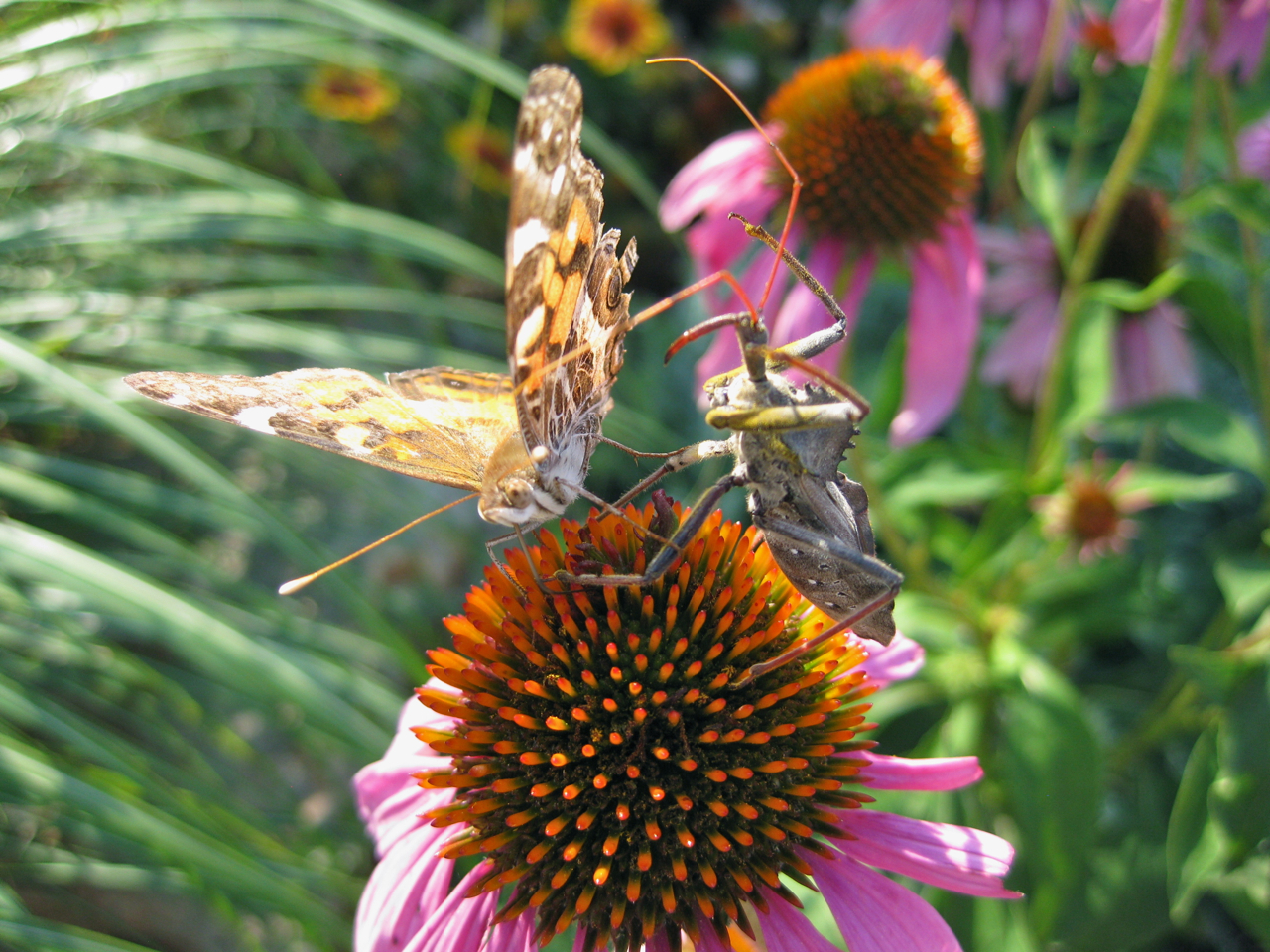Category: photos
Indian Paintbrush Field
Shades of Spring 2015
Aphanostephus skirrhobasis (lazy daisy)
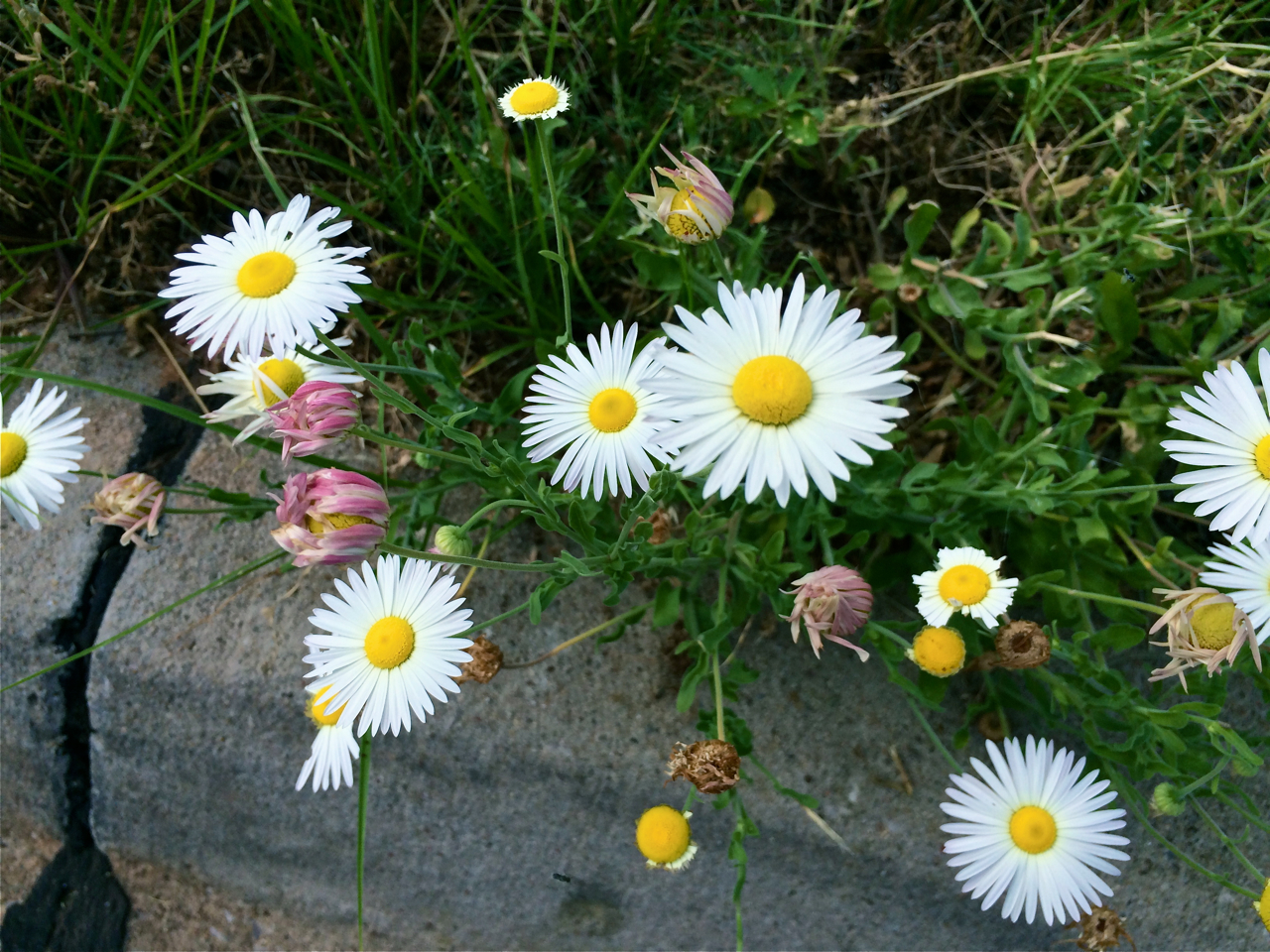
Height: 1-2 feet
Spread: 1-2 feet
Type: Annual
Origin: Grows in many Oklahoma counties and also Arkansas, Missouri, and Texas
Water: dry to medium
Exposure: Full sun
Edible: ?
Medicinal: ?
Companions: Often seen with short grass prairie plants like : Liatris spicata (dotted gayfeather), Bouteloua gracilis (blue grama), and Gaillardia pulchella (indian blanket)
Notes: Aphanostephus skirrhobasis is a long blooming annual often found in sandy hot prairies and disturbed sites. It beautiful white and gold blooms are much like small Ox eye or Shasta daisies but they have a lovely pink to rose shade on the underside of the ray florets. A field of these in bloom is like a sea of stars, it’s nothing short of magical. It’s common name ‘Lazy Daisy’ comes from it’s predilection to wait until midday to open it’s flowers (not an early riser). It is a particularly hardy flower and can thrive in sandy soils with little water. It is known to grow in the grasslands, meadows, pastures, savannahs, and even on the edges of woodlands. In the garden it will grow into a nice low colorful mound of white blossoms. Due to it’s low profile it works well in the front of beds or dotted amongst low growing grasses. Native annuals are often overlooked as alternative to traditional bedding plants but it’s somewhat baffling why this one isn’t grown and appreciated more. Like many annuals, Lazy Daisy is good at self seeding so it can stick around in your beds for many years. If you are looking to attract wildlife then the lazy daisy is also helpful because they have a large amount of crude protein which deer in particular love to browse year round. Thanks and Good Luck!
Cold Hardy Opuntia!
Sweet Potatoes Not Lawns
This year we were excited to try out a two crop rotation in our “Ag lawn” area at the Pi House. When we took over the project the area had been an artificial turf lawn and before that it had been a standard non irrigated “lawn” of mainly Bermuda grass and the typical weeds found in poorly maintained lawns. Our idea was to push the idea of “food not lawns” further than the standard veggies etc. into the production of real calorie producing food crops that could also provide some ornamental value. We wanted to try something bold that could challenge notions about the real potential of turning a lawn, which is an essentially useless space, into a productive mini farm space that can actually provide some of level of self sufficiency for residents. We also wanted to bring elements of Oklahoma’s agrarian landscape and past into the urban setting. In a modern take on a share cropping system, the Eco crew and myself invested some of our labor time into the crop and in return we split up the harvest.
Starting late last Fall after our initial landscape installation we were able to squeeze a sowing of winter wheat in and despite the late planting we had a really healthy crop. Back in June we harvested the wheat crop and we were pleased with our result of 40 lbs from our fairly small ~700 sq. foot area. This should be enough wheat to make at least one loaf of bread per week for a year! I’ll be posting more about the wheat harvest and processing in the near future. Directly after our wheat harvest we planted 500 sweet potato slips of 8 different varieties which took a couple of hours. The little bit of wheat straw left on the area was a great mulch and it by mid July there was an attractive looking sea of sweet potatoes. As the summer progressed the plants got huge and created a thick mass of colorful vines that threatened to engulf sidewalks, beds and the home but with a little gentle training stayed relatively in their area. In Oklahoma we are blessed with a long warm growing season so we were able to wait until early November to harvest. Harvesting sweet potatoes is equal parts digging for buried treasure and working on a chain gang but it only took 3 of us roughly 4 hours to harvest our crop. Our efforts were well rewarded with a 240 lb harvest! All in all it was a productive first season for the “ag lawn”. We have now planted the winter wheat and we’re planning a similar rotation for this year although we may incorporate some dry beans. The possibilities are really endless as we could go with a summer grain ie amaranth, maize, millet or other summer crops like sunflowers, peanuts, lentils etc. What kind of mini farm would you like to replace your energy intensive non productive lawn with?
- Planting slips mid June
- Looking over the work
- 500 slips planted in a few hours
- 1 month later in July
- 2 months later in August
- 3 months later in September
- Cutting Back tops with Scythe. November
- Harvesting with broadfork
- Harvesting sweet potatoes makes you happy
- A rare smile
- Buried treasure
- Harvest weigh in: 240lbs!
- Visions of sweet potato paradise
Native Garden for Washington Elementary Outdoor Classroom
Back in August I went and looked at Washington Elementary’s Outdoor classroom space to see what might be done to restore it to a functional place for learning. For three years or so the area had been virtually left alone and as a result is was in pretty bad shape. A thick impenetrable mass of Bermuda grass, Black Locust saplings and Torilis arvensis Hedge Parsley had set up camp and virtually no desirable flora remained on the site. The immediate solution was to remove all of this unwanted vegetation and start from scratch with native plantings that would provide a resilient natural garden full of educational opportunities. With this in mind I came up with a design incorporating some of our regions ecosystems of tallgrass prairie, shortgrass prairie and cross timber woodlands. After a couple of vegetation removal visits the site was ready for planting and a volunteer day on Saturday November 1st got the majority of the planting work done! The ponds will be the next thing to work on and next year will be critical in establishing our plants and keeping on top of the unwanted plants. Overall this has been a great opportunity for us to volunteer and donate the design, some plants and labor on a project that can demonstrate the value of Eco gardening and also create a civic benefit for our community. Thanks to Washington teacher Tammy Trumble for spearheading the whole effort and to the students and faculty of OU’s college of Business that volunteered. Thanks also to Minick Materials who graciously donated compost and Prairie Wind Nursery who donated some plants. There will be more volunteer days next year so contact us if you’re interested in getting involved.
- not much worth saving: bermuda grass, crab grass, hedge parsley and black locust
- another before view
- volunteers hard at work
- after installation
- before
- after. ready for installation
Not Ready to Let Go of Summer
Bio Blitz 2014 Black Kettle National Grassland
A small Eco Landscaping delegation attended this year’s Oklahoma Bioblitz (rapid biodiversity inventory) which was held at the Black Kettle National Grassland in Roger Mills County. I really enjoyed spending some time in this region. Ever since my first childhood trip to New Mexico I have always had a special affinity for the West. This particular part of Oklahoma is an interesting interstitial area where the Tallgrass prairie gives way to the Shortgrass prairie and High Deserts of the West. The level IV ecoregion for the area is referred to as the Rolling Red Hills, a sub region of the Central Great Plains. The area we camped in was roughly 1000 feet higher than our home base in Cleveland County but much of the vegetation was similar with some notable exceptions. Our main area of exploration was the red rocky, gravelly arid hills above Dead Warrior Lake. My favorite finds were the more arid loving species like Echinocereus reichenbachii, Melampodium leucanthum, Artemisia filifolia, various Penstemons, Aster fendleri and Scuttelaria drummondi. Side Oats Grama, Little Bluestem, Hairy Grama, Opuntias and Yucca glauca dominated with the aforementioned forbs accenting and dotting the landscape. Would like to have had more time to explore and hence will have to make a return trip. The information in the county history museum on the folk artist and pioneer farmer Joseph Muhlbacher was really intriguing. Looking forward to next year in Osage co.
- Little Bluestem hill sunset
- Pond below the dam
- Little Bluestem bronze
- jr. Bioblitzers
- Heterotheca vilosa
- Dead Warrior Lake stone
- Symphyotrichum fendleri
- Echinocereus Reichenbachii
- Red hills
- Dead Warrior Lake elevation
- Melampodium Leucanthum
- Penstemon buckleyi
- Scuttelaria drummondi?
- Metallic hills
- County history museum. Scythe and cradle
- Joseph Mulbacher homestead
- Joseph Muhlbacher detail
- Washita Battlefield
- no invasives!
- Artemisia filifolia at Washita Battlefield



